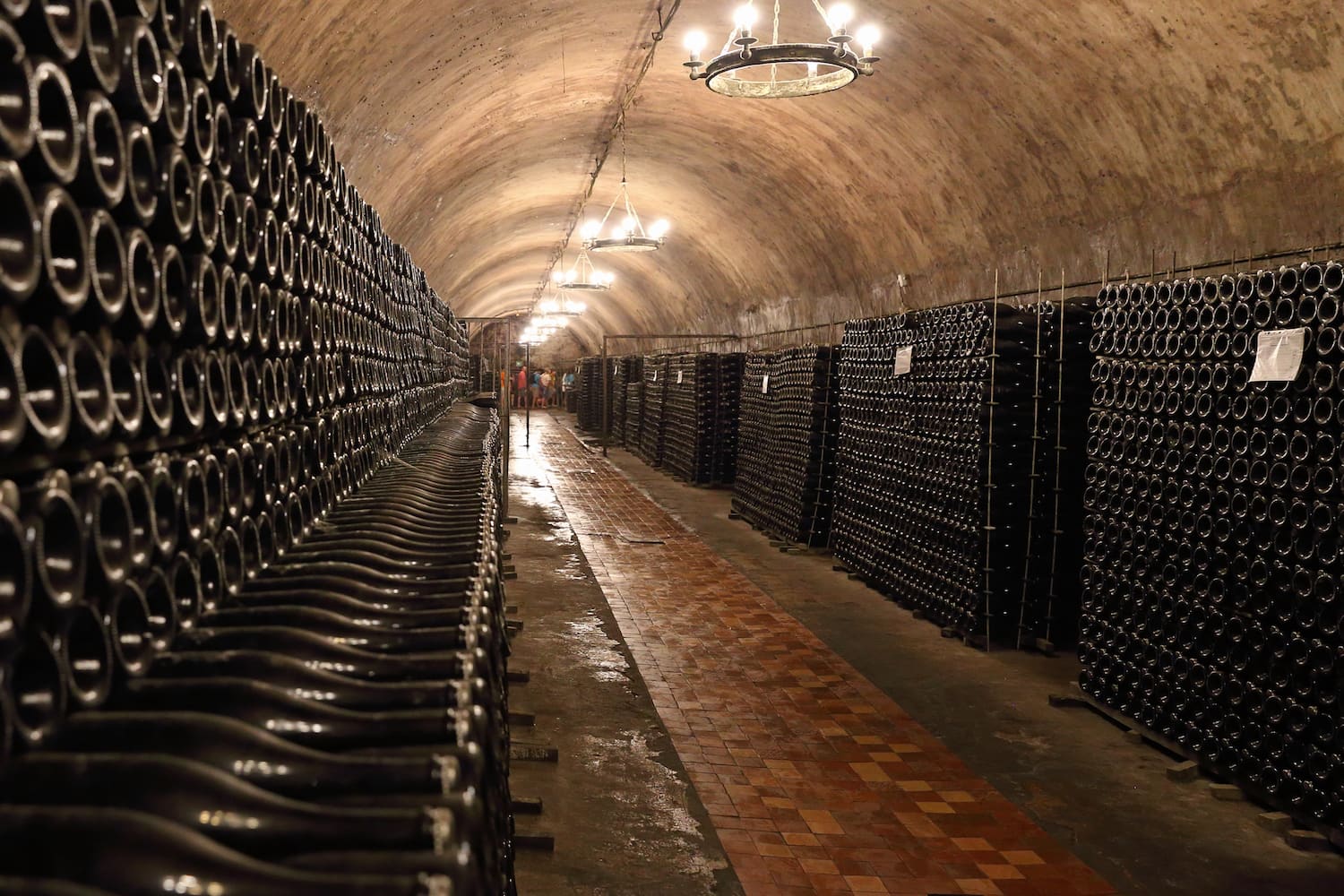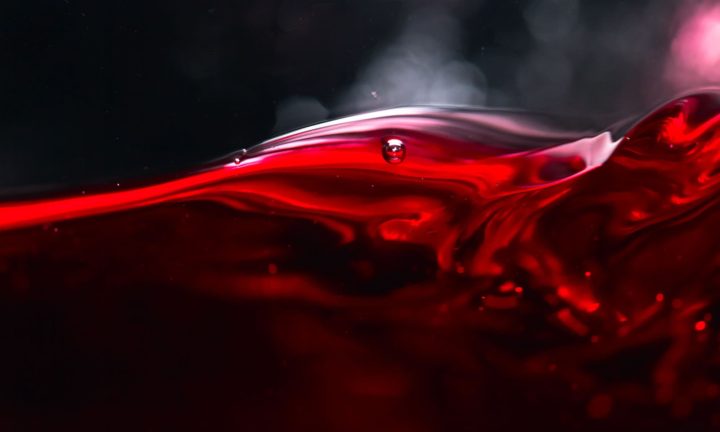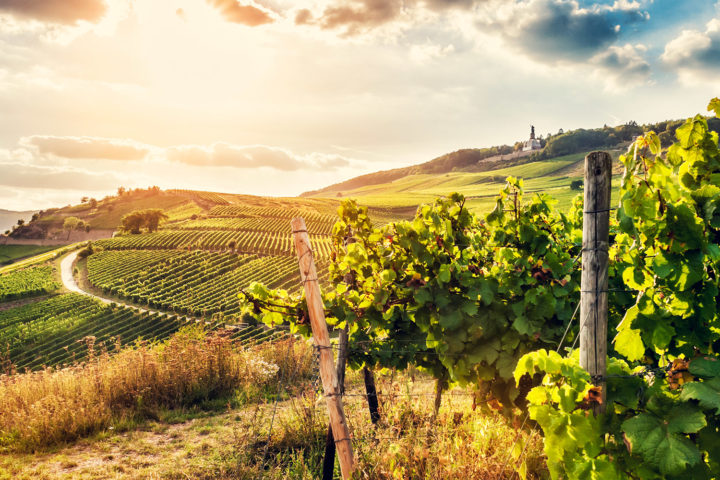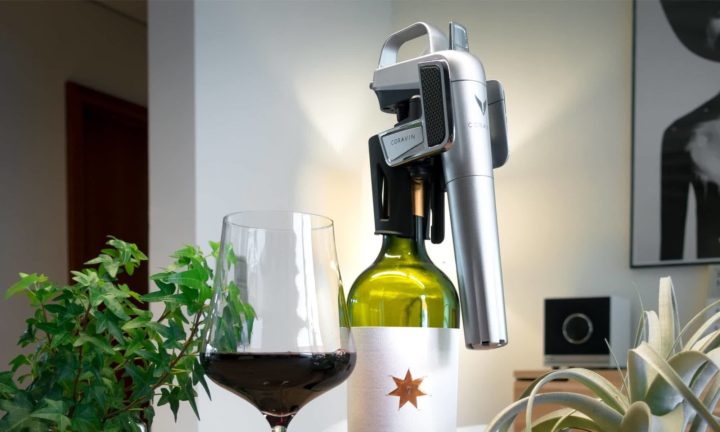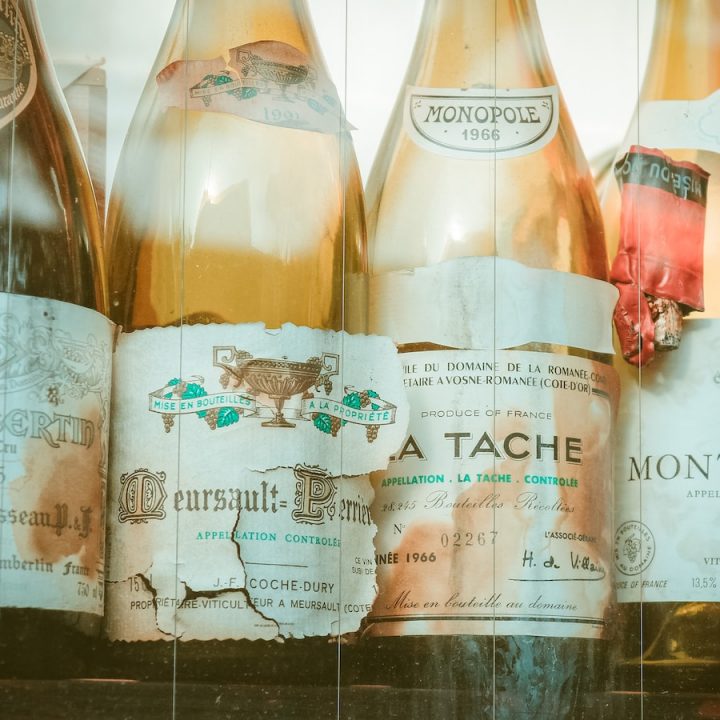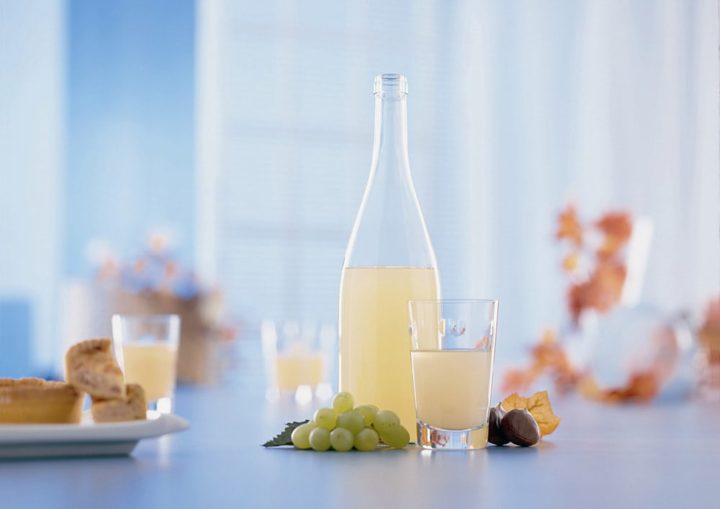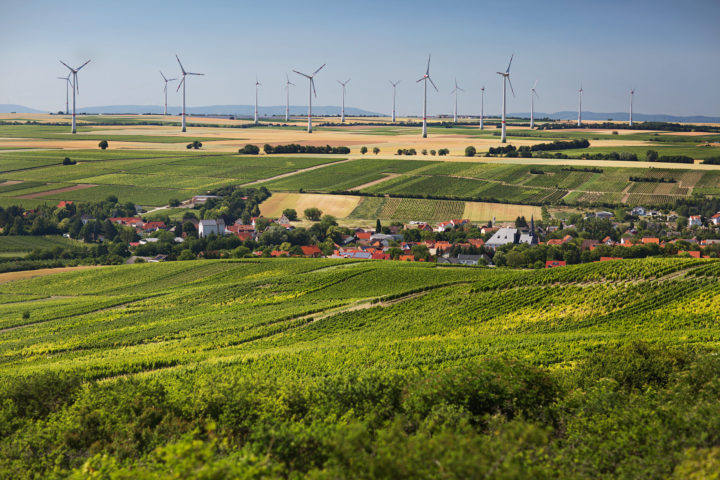Imagine holding a glass of champagne in your hand. The fine bubbles rise and the light reflects in the golden wine. But have you ever wondered how this sparkling drink came to be? How did it evolve from humble beginnings in the vineyards of ancient France to the status symbol we know and love today? In this article, we take you on an exciting journey through the history of Champagne, from the key events and personalities that shaped it, and give a brief glimpse of what the possible future of luxury sparkling wine looks like.
From the early days of Roman vineyards to the innovative monks of the Middle Ages to the brave women of the 19th century who revolutionized champagne production, the history of champagne is one of innovation, adaptation and constant improvement. But the story does not end in the past. Champagne continues to evolve and adapt to changing tastes and trends, with a growing focus on sustainability and quality. So, get comfortable and join us on this sparkling journey through time. Let’s discover the fascinating world of champagne together.
The Origins of Champagne
Imagine traveling back to the 5th century, when what is now France was part of the Roman Empire. We are in the northeastern region of France that we know today as Champagne. In Roman times, the region was an important trading point and was dominated by agriculture. Even then, the Romans recognized the incredible potential of cool climate and calcareous soils for viticulture. This is where the history of champagne begins, but not of the grape varieties native to the region. Vines growing wild in Champagne can be dated back to the 1st century. However, more than 1,000 years will pass before the sparkling luxury drink is created.
But the first signs of significant winemaking in Champagne are linked not to the Romans, but to the Church. In the Middle Ages, viticulture was firmly in the hands of the Church. Monasteries played a crucial role. Monks were often the only ones who had the necessary knowledge and skills to make wine.
Some monastic brothers, such as Dom Pierre Pérignon or Frère Oudart, became important protagonists in Champagne. Thus, Dom Pierre Pérignon, Benedictine monk and cellar master of the Hautvillers monastery, is often mistakenly titled as the inventor of sparkling wine. Although not entirely accurate, he nevertheless contributed significantly to the development of modern Champagne. He introduced strict quality controls and a gentler pressing technique, and was the first to purposefully blend wines together to increase the quality of the final wine. In addition, he was probably one of the first to produce white wines from red grapes, known as Blanc de Noirs. The monk was also a proponent of yield reduction.
Popular Champagne
Preis inkl. MwSt., ggf. zzgl. Versandkosten / Letzte Aktualisierung am 2024-07-08 / Affiliate Links / Bildquelle: Amazon Product Advertising API
The Original Wines from Champagne
The medieval wines from Champagne did not have much in common with modern champagne. It was a pale, light red to pink still wine. With trade routes leading south to Burgundy, the wine industry was always in strong rivalry with their southern neighbor.
However, the climate of Champagne to the north made it nearly impossible to produce wines that could even come close to matching the color intensity of Burgundian drops. To bring more depth of color to their wines and make them appear more full-bodied, the Champenois even blended in elderberries. When this did not lead to the hoped-for success, they concentrated on the production of white wines in order to create an alternative to the famous red Burgundies. However, the white wines from Champagne were considered bland and quickly became undrinkable.
In contrast, Blanc de Noirs, white wines made from red grape varieties, were in demand. These possessed a much finer aroma and had a much better shelf life. However, it was not until the 17th century that their production began to be perfected. Crucial to this development was Dom Pierre Perignon, who, with his inventive spirit and innovative understanding of viticulture, developed new techniques and processes for winemaking that continue to make their mark in Champagne today.
Die Entwicklung des Champagners im 17. Jahrhundert
Until well into the 17th century, the production of sparkling wines as we know them today was more a matter of luck. It took cold winters for the yeasts in the wine cellars to go into hibernation. In the warm spring, after the bottles had been filled, they again began to metabolize the residual sugar in the wine. The resulting overpressure usually caused the glass bottles, which were still thin-walled at the time, to explode, leading to sometimes chaotic conditions in the wine cellars. However, if the bottles survived the pressure caused by the second fermentation, the wine exhibited fine perlage, which was considered a gross wine defect until the 17th century. Even renowned Dom Pérignon tried for a long time to rid his wines of the annoying bubbles, before the potential of these wines was recognized in Champagne and attempts were made to produce them specifically.
The introduction of the cork stopper in 1685 and the steady growth of the glass industry in the 17th century ushered in a new era of sparkling wine, paving the way for a new Champagne bottle in 1770. These were thicker walled, making them much more pressure resistant to withstand the carbonic acid pressure of sparkling wine. The glass bottles used previously were not suitable for storage, but were used only as stylish vessels for serving the wine. This development was a decisive step in the evolution of champagne. Only thicker-walled and pressure-resistant bottles made storage and transport possible without the bottles exploding.
The new bottles are also responsible for the development of the Méthode Champenoise in the 17th century, which is still used today. In the traditional method of making sparkling wines, the base wine undergoes a second fermentation on the bottle. This gives the wine its characteristic sparkle and provides a delicate aroma, often reminiscent of brioche.
The new sparkling mood lifter quickly caught the attention of the aristocracy, who wanted to set themselves apart from the general public by enjoying it. Thus champagne began its triumphal procession as a luxury drink.
Heute zugelassene Rebsorten in der Champagne
- Pinot Noir
- Pinot Meunier
- Chardonnay
- Voltis (only since 2022)
- Arbane
- Petit Meslier *
- Pinot Gris *
- Pinot Blanc*
*) Grape varieties in Champagne almost completely disappeared since the phylloxera plague.
The Role of Women in Champagne Production
Now let’s take a leap back in time to the 19th century. Some of the greatest innovations in champagne can be traced back to the genius of several women. One of these women was Madame Clicquot. After the death of her husband, she took over his business at the age of 27, becoming the first female owner of a Champagne house. The “Great Lady of Champagne”, was a pioneer in the wine industry. She invented, among other things, the “riddling desks”,which are used to remove the sediment from the bottles and are still used in champagne production today. Even today, the Veuve (Engl. widow) is an inspiration and is considered the grande dame of champagne. No wonder, Veuve Clicquot became the best-selling champagne in the world in 2012.
The role of women in champagne production should not be underestimated. They were often the driving force behind the innovations and improvements that made champagne what it is today.
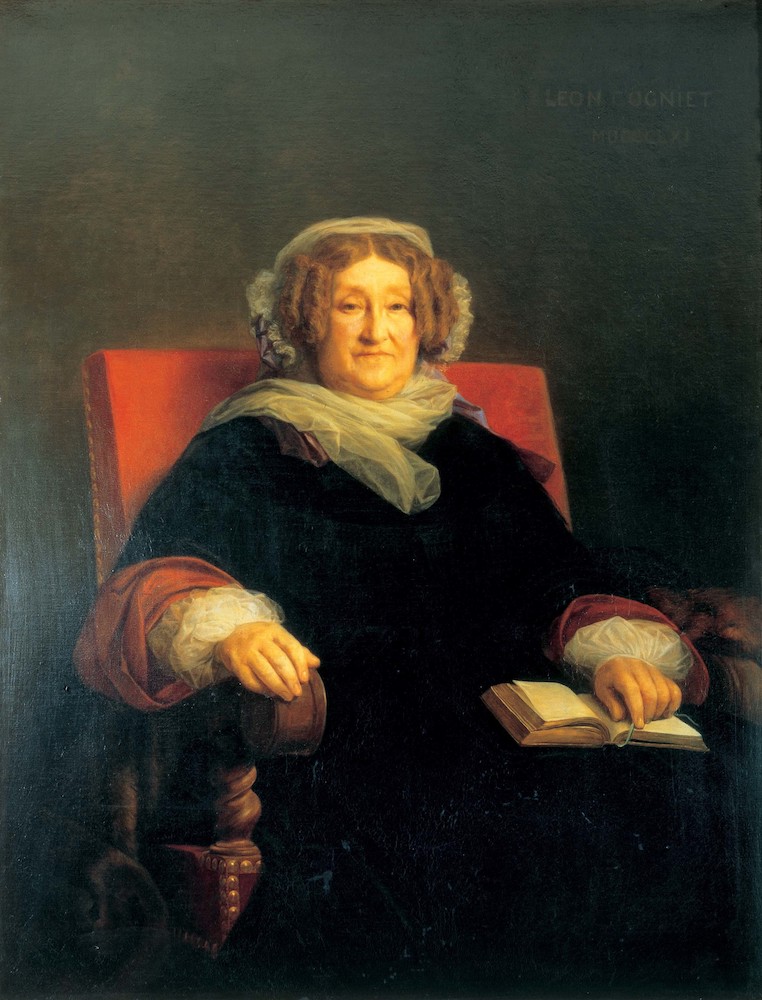
The Anchoring of Champagne in Popular Culture
Since the 19th century, the French sparkling wine from Champagne is considered the symbol of wealth, luxury and elegance. Champagne became more and more associated with celebrations and special occasions, becoming a symbol of luxury and the laissez-faire. It became the drink of choice kings, aristocrats and the rising bourgeoisie, who considered it a sign of their status and good taste.
Champagne’s popularity continued to grow in the 20th century, when it was increasingly mentioned in movies, songs and literature. It became synonymous with celebration and joy and was often poured at important events and celebrations. These associations helped anchor champagne in people’s minds as the ultimate celebratory drink.
The Future of Champagne
Let’s take a look into the future. Like the entire wine world, champagne is subject to changing trends and consumer taste preferences. One of the said trends is the growing interest in vintage champagnes. These wines are considered more complex and possess a unique nature and are produced only in special years. Unlike their regular counterparts, they have further value as collectibles in addition to their enjoyment.
Another trend that does not stop at the wine industry is the focus on sustainable and environmentally friendly production methods and rely on organic or biodynamic management of their vineyards. As far as Champagne production is concerned, efforts are being made to achieve greater efficiency, a consistent reduction in waste and the increased use of renewable energies (e.g. photovoltaics).
So the future of champagne looks promising. With its rich history and a stadium of innovation, it is exceedingly likely that Champagne will continue to play a leading role in the world of wine in the decades to come.
As consumers, we are left with the exciting opportunity to observe this change sensorially. We won’t know what a Champagne may taste like in 15 or 30 years until we’ve tasted it.
Conclusion
The history of Champagne is one of innovation, adaptation and constant improvement. From the early days of Roman vineyards to the modern trends of sustainability and vintage production, Champagne has come a long way. But despite its rich history and the many changes it has undergone over the centuries, one thing remains constant: champagne remains a symbol of celebration, pleasure and luxury.
